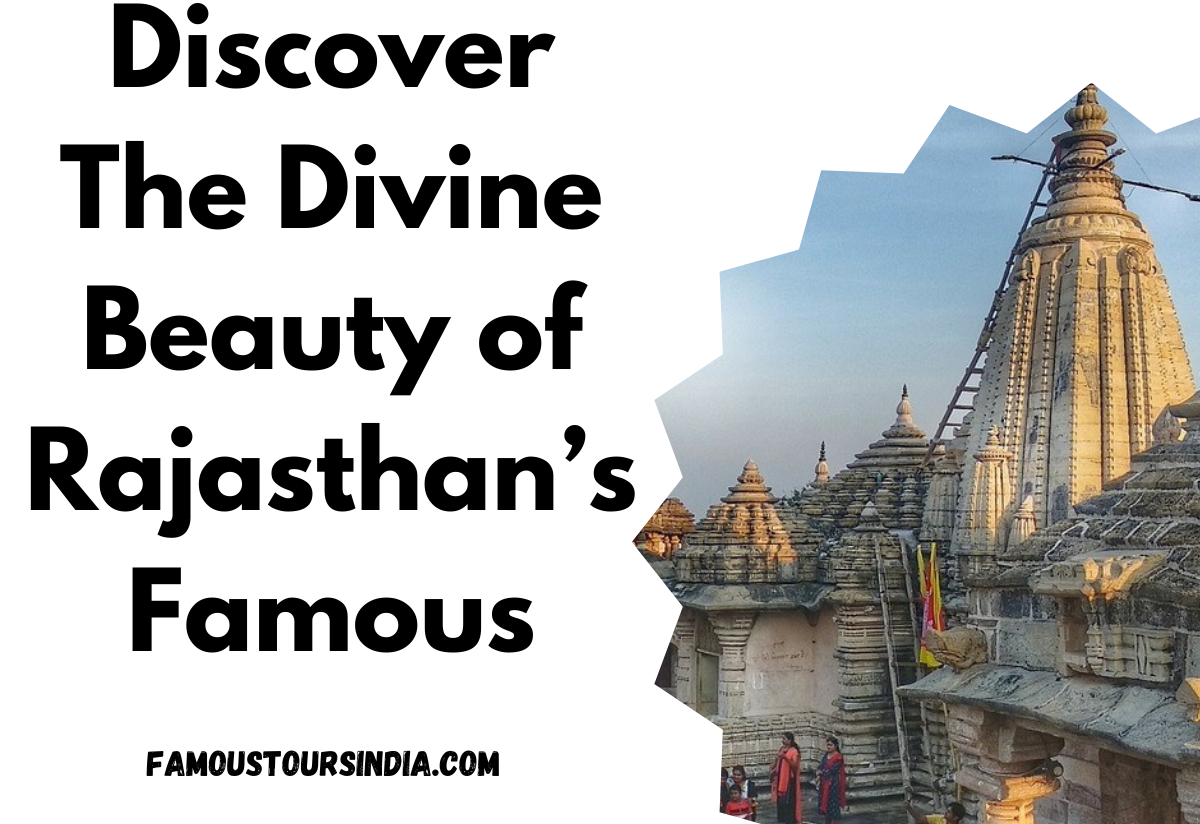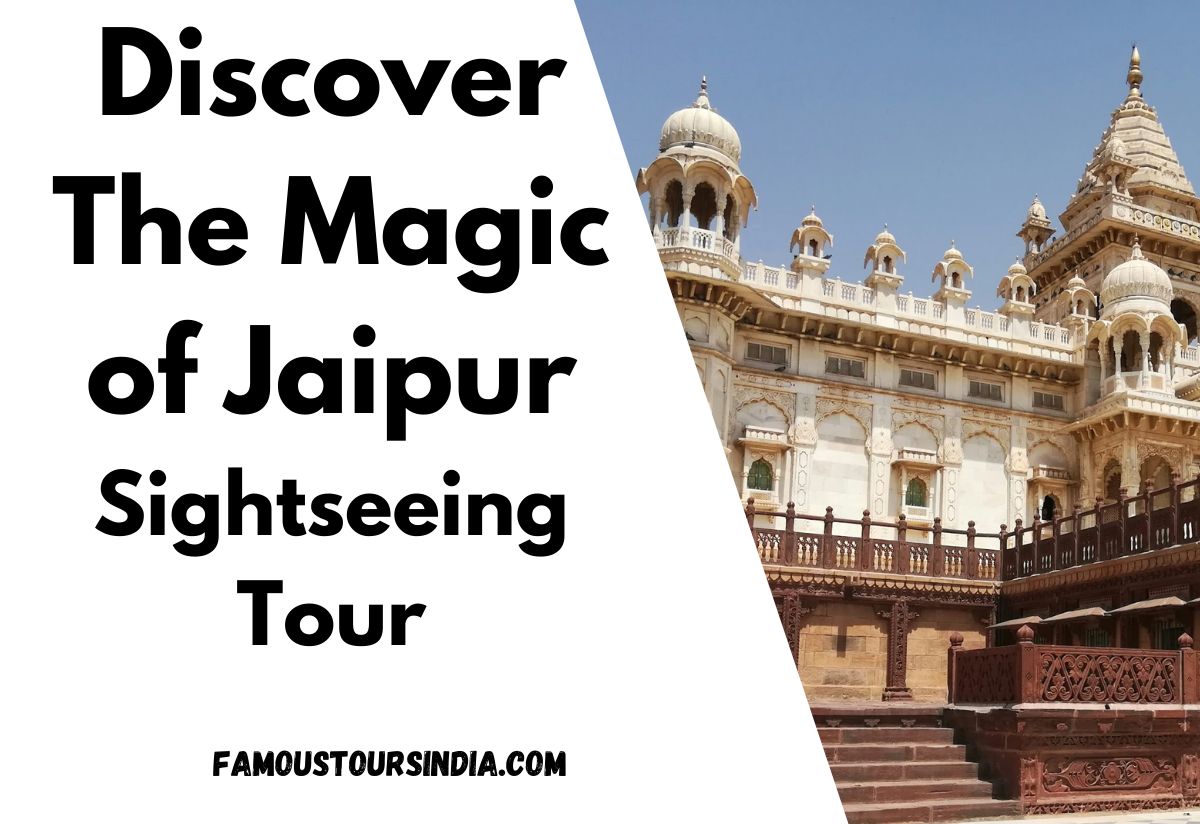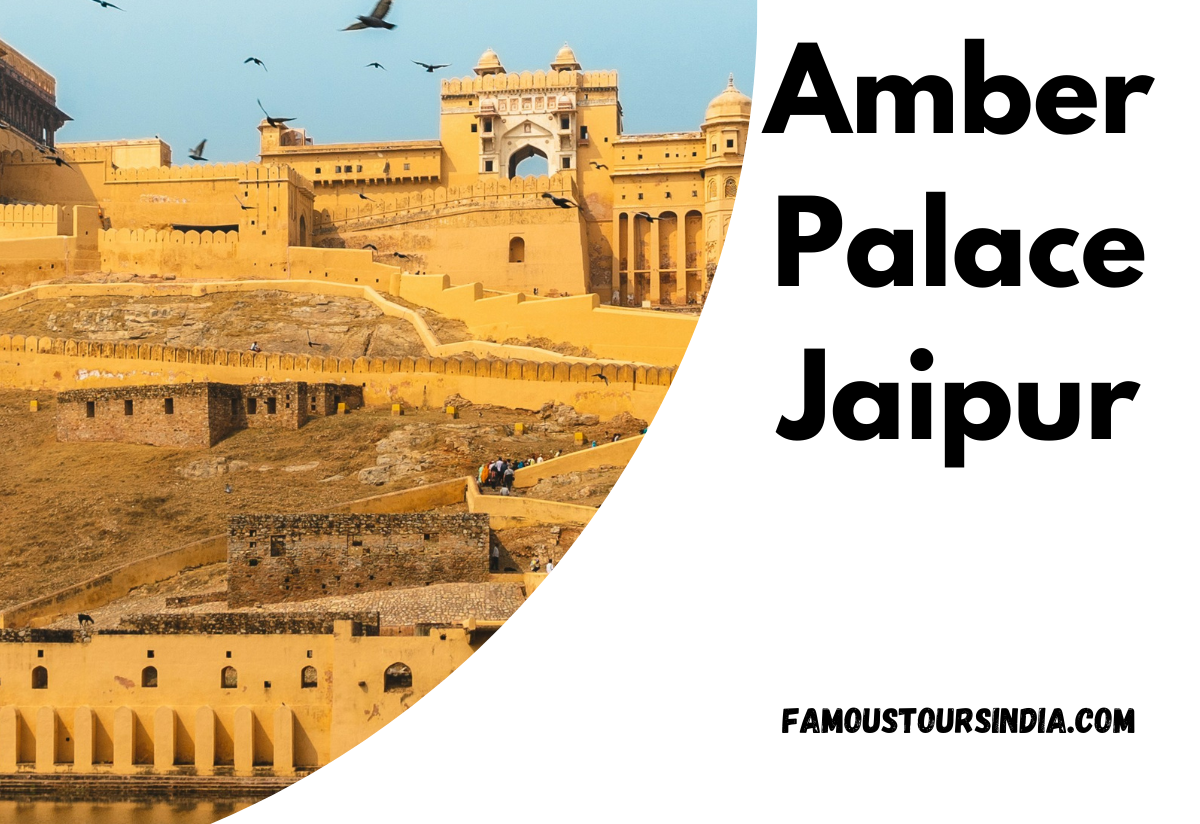Welcome to the enchanting world of Amber Palace Jaipur, a magnificent fortress that stands as a testament to Rajasthan’s rich history and architectural splendor. As you embark on your journey to explore this UNESCO World Heritage site, you’ll be captivated by its breathtaking beauty and intricate designs. Whether you’re planning a day trip or looking for things to do near Amber Palace, this guide will help you make the most of your visit to this iconic landmark.
The Majestic Amber Fort: An Overview
Location and Setting
Perched atop a hill, Amber Fort stands as a magnificent testament to Rajasthan’s rich history and architectural splendor. You’ll find this majestic fortress just 11 kilometers northeast of Jaipur, the capital of Rajasthan. As you approach, you’ll be captivated by its strategic location overlooking the serene Maota Lake, which serves as the main water source for the palace.
Historical Significance
The Amber Fort boasts a fascinating history dating back to the 16th century. It was commissioned by Raja Man Singh I, a trusted general of Emperor Akbar. Originally known as the ‘Amber Fort,’ it served as the capital of the Kachwaha Rajput dynasty until 1727 when Jaipur was established as the new capital.
Architectural Highlights
As you explore the fort, you’ll be awestruck by its architectural grandeur. The palace is constructed primarily of red sandstone and marble, showcasing a remarkable fusion of Rajput and Mughal styles. The fort is divided into four main sections, each with its own courtyard and unique features.
- Diwan-e-Aam (Hall of Public Audience): Features beautifully crafted pillars and a raised platform.
- Diwan-e-Khas (Hall of Private Audience): Known for its stunning latticework and exquisite floral motifs.
- Sheesh Mahal (Hall of Mirrors): The most exquisite part of the fort, adorned with intricate mirror work using glass imported from Belgium.
- Sukh Niwas (Hall of Pleasure): Features an innovative cooling system using flowing water channels.
Journey Through the Fort’s Four Main Sections
First Courtyard: Jaleb Chowk
As you enter through the Suraj Pol (Sun Gate), you’ll find yourself in the impressive Jaleb Chowk, the first main courtyard of Amber Fort. This vast open space was once the site of victory parades, where armies would showcase their war bounty.
Second Courtyard: Diwan-i-Aam
Ascending the main stairway, you’ll reach the second courtyard, home to the Diwan-i-Aam or Hall of Public Audience. This impressive structure features 27 colonnades, each adorned with elephant-shaped capitals.
Third Courtyard: Private Quarters
Entering through the exquisitely decorated Ganesh Pol, you’ll discover the private quarters of the Maharaja and his family. This courtyard houses two main buildings separated by a Mughal-style garden.
Fourth Courtyard: Zenana
The final courtyard, known as Zenana, was reserved for the royal women, including queens and mistresses. This area features numerous living quarters connected by a common corridor, allowing the king to visit his chosen queen discreetly.
Unveiling the Fort’s Hidden Gems
Sheesh Mahal: The Palace of Mirrors
The Sheesh Mahal is a breathtaking highlight of Amber Fort. Adorned with thousands of mirrors and precious stones, it creates a mesmerizing effect. When lit with just two candles, the reflections create a starry effect on the ceiling, making it a must-see.
Suhag Mandir: The Bridal Palace
The Suhag Mandir, or Bridal Palace, was a secluded retreat for royal ladies. Located in a quiet corner of the fort, it was where brides prepared for their wedding ceremonies, offering a glimpse into the lives of the royal women.
Secret Passages and Tunnels
Amber Fort is known for its network of secret passages and tunnels, which served as escape routes and communication channels. One such tunnel connects Amber Fort to Jaigarh Fort, adding an element of intrigue to your visit.
Maota Lake Views
The serene Maota Lake, located at the base of the fort, offers stunning reflections of the fort’s grandeur. The view from the fort provides a unique perspective on its imposing structure and its harmony with the surrounding landscape.
Planning Your Visit to Amber Fort
Getting There and Entry Details
Amber Fort is about 11 kilometers from Jaipur’s city center. You can reach it by public bus, auto-rickshaw, or taxi. Entry fees are 250 INR for foreigners and 50 INR for Indians during the day.
Best Time to Visit
The ideal time to visit is during the winter months (October to March) when the weather is pleasant. To avoid crowds, plan your visit early in the morning, preferably before 9:00 AM.
Guided Tours and Elephant Rides
Guided tours are available and can enhance your understanding of the fort’s history. For a unique experience, you can take an elephant ride to the fort’s entrance, though it’s important to consider the ethical implications of this activity.
Photography Tips
Photography is allowed inside the fort, offering ample opportunities to capture its stunning architecture and views. Be mindful of any restrictions in certain areas or during specific ceremonies.
Nearby Attractions
While visiting Amber Fort, explore nearby attractions like Jaigarh Fort, Nahargarh Fort, Jagat Shiromani Temple, and Jal Mahal. These sites add to the richness of your Jaipur experience.
Pro Tip: Wear comfortable shoes as the fort involves a lot of walking, and carry water to stay hydrated during your visit.





